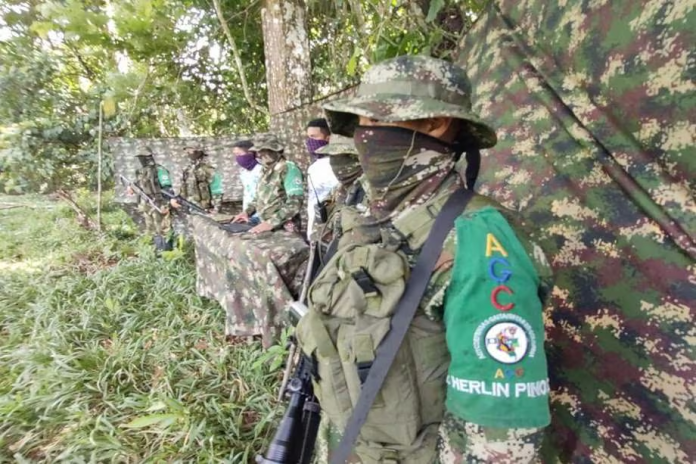A Prospective Ceasefire:
Clan del Golfo, also known as the Autodefensas Gaitanistas de Colombia (AGC), the largest narcotics production and smuggling organization in Colombia, agreed to sit down for peace talks with the Colombian government on Tuesday.
Gustavo Petro, the President of Colombia, stated on Monday that he would be willing to negotiate a ceasefire with the group if they agreed to give up the narcotics trade, stop extorting businesses, and cease all human trafficking operations.
While Clan del Golfo agreed to initiate peace talks, the organization denied that they participated in human trafficking.
Clan del Golfo is one of Colombia’s most prolific narco-terrorist groups, controlling vast swathes of northern and western Colombia along the coastline into the Caribbean and Pacific, a vital narcotics smuggling route into the United States. The group is also among the wealthiest of armed groups in Colombia, bringing in an estimated four billion US dollars in revenue every year, according to a report by the International Crisis Group.
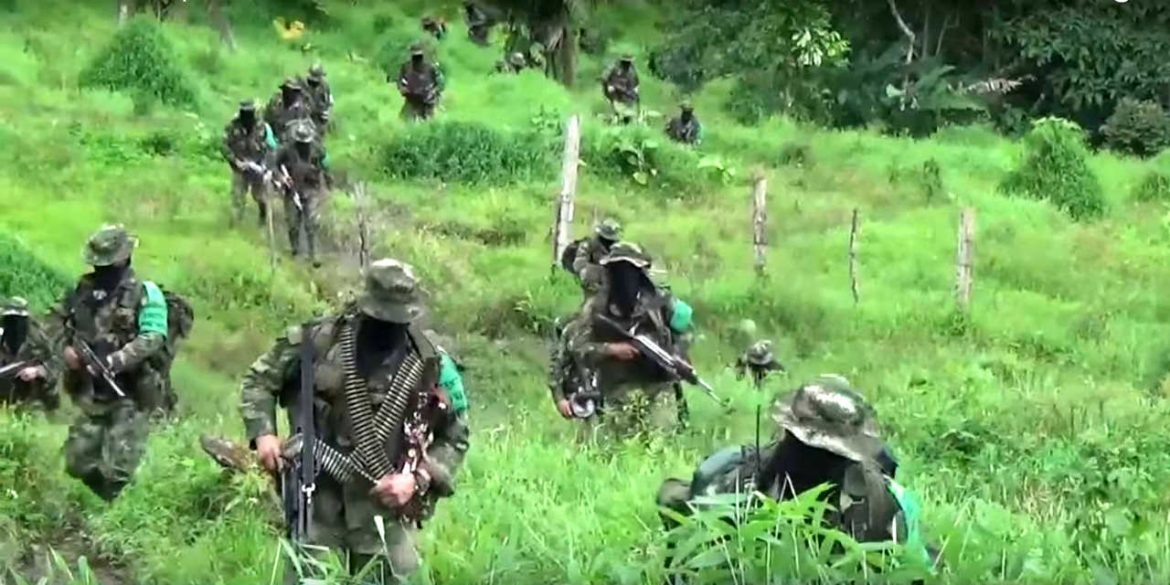
This prospective peace talk comes alongside Petro’s desire to bring “total peace” to Colombia and end the 60-year civil conflict within the nation, which has led to the deaths of an estimated 450,000 people.
Previously, Petro has made peace with other armed groups such as the National Liberation Army (ELN) and the Revolutionary Armed Forces of Colombia’s dissident Estado Mayor Central faction (FARC-EMC), which rejected a 2016 peace deal brokered by which would see the bulk of the FARC disarmed and disbanded. However, this deal with the FARC-EMC recently fell apart following an attack on an indigenous community, which left one community leader dead and two others wounded.
One key difference has prevented the Colombian government from pursuing peace with the Clan del Golfo. Following the ascension of Petro to the Presidential Office, the newly elected President supported and passed legislation allowing the government to initiate concrete peace talks with “insurgent groups,” such as the ELN and FARC.
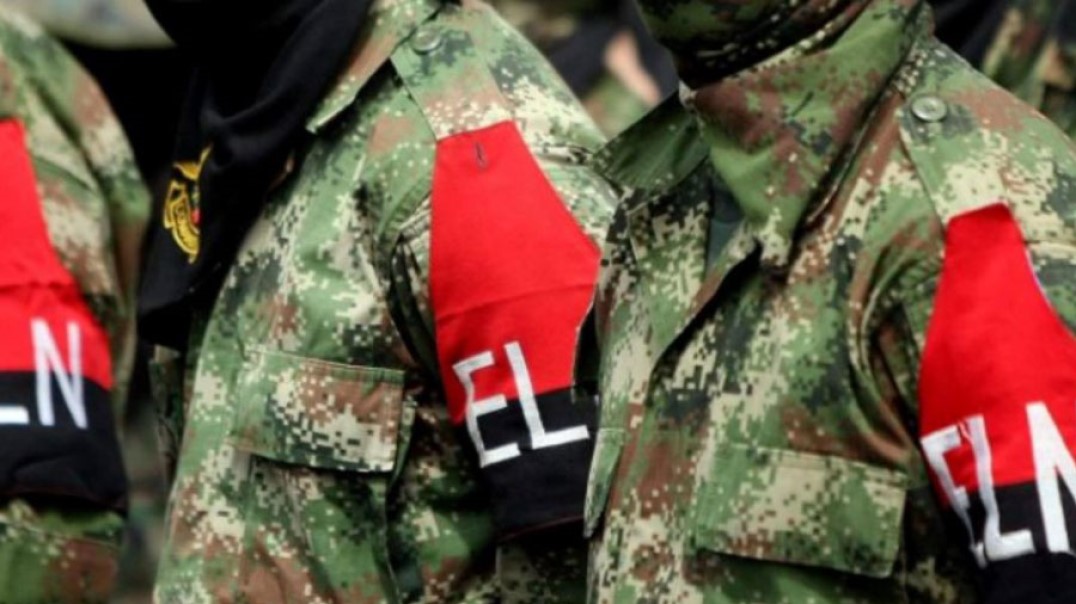
However, following this legislation, Petro’s government declared Clan del Golfo a criminal group instead of an insurgent group, preventing the government from offering any kind of ceasefire. This decision would be altered by the nation’s Supreme Court in 2023, allowing the government to negotiate with criminal groups but disallowing offering disarmament, which would allow members to return to Colombian society. If Clan del Golfo wished to negotiate disarmament, they would have to do so through the Prosecutor’s Office, weakening the power in negotiations the President would normally have.
Analysis:
This prospective peace agreement comes days after the announcement that the Colombian government would dissolve the ceasefire with the FARC following their attack on an indigenous community. This has likely spurred Clan del Golfo to be more willing to accept peace talks with the government as their historical ideological enemies, the FARC, are no longer in Petro’s good graces.
If a ceasefire were to be negotiated and Petro’s previous demands for other armed groups were similarly followed, clashes between Clan del Golfo and the government are sure to steeply drop. However, violence against rural Colombians and the indigenous community would surely continue unless proper provisions were made similar to those seen in the most recent FARC ceasefire, which was violated.
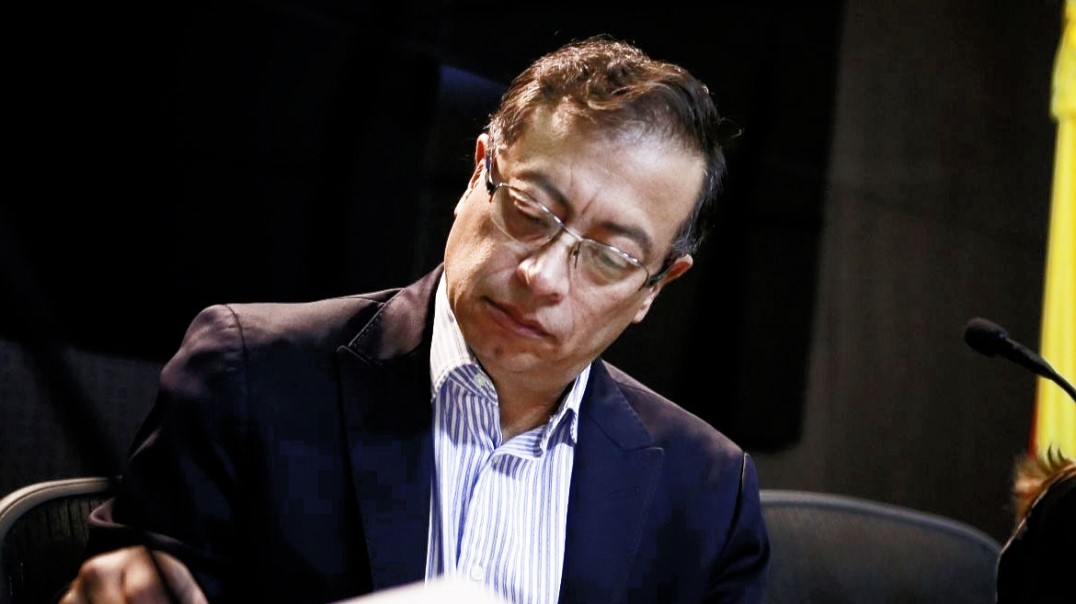
This comes over a month after the Colombian government announced the revival of an offensive against Clan del Golfo after the arrest of the organization’s leader, Dairo Antonio Usuga David, better known as “Otoniel,” in October 2023.
Clan del Golfo:
Clan del Golfo traces its origins back to another right-wing paramilitary group known as the United Self-Defense Forces of Colombia (AUC), who in turn were a merger of various other right-wing paramilitary groups, the most notable being the Peasant Self-Defense Forces of Córdoba and Urabá (ACCU).
The original group was founded by the Castaño brothers following the capture and subsequent death of their father, a prominent landowner and supporter of the right-wing parties within Colombia.
The ACCU would eventually merge with other right-wing paramilitary groups into the AUC, led by one of the Castaño brothers who trained in Israel in anti-guerilla operations, Carlos Castaño.
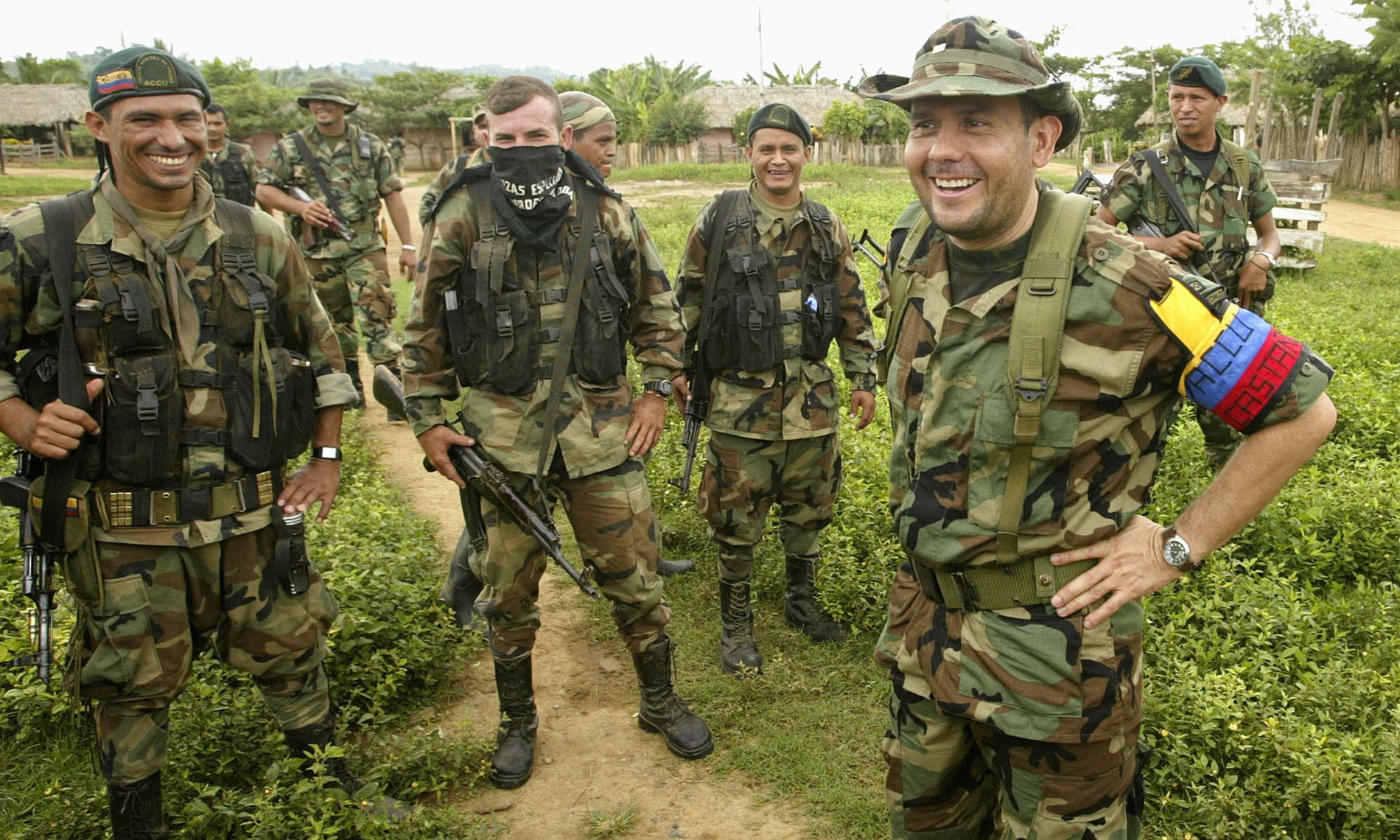
Following the merger, the AUC became the premier right-wing paramilitary group and would go on to effectively maintain control of Northern Colombia, keeping both rival paramilitary groups and communist guerillas like the FARC out of the region.
In 2003, the AUC would begin the process of disarming and disbanding through a government deal. The deal was controversial at the time, as disarmed members were allowed to keep their illegally won assets as well as evade prison time on lucrative private farms.
The group would fully disband by 2006, leaving dozens of successor groups in their wake, one of whom was Clan del Golfo, led by none other than one of the Castaño brothers, Vincente.
Clan del Golfo would inherit large portions of land in northern Colombia, a key region of the AUC. The group would continue many of the AUC’s methods to raise funds, including extortion, kidnapping for ransom, and, most importantly, producing and trafficking cocaine.
Clan del Golfo controls a vital smuggling route into the United States. With their control of northern and western Colombia alongside its coast line, the group can easily smuggle cocaine and other contraband through the Caribbean directly into the US or into eastern Mexico for the various cartels to smuggle across the southern border.
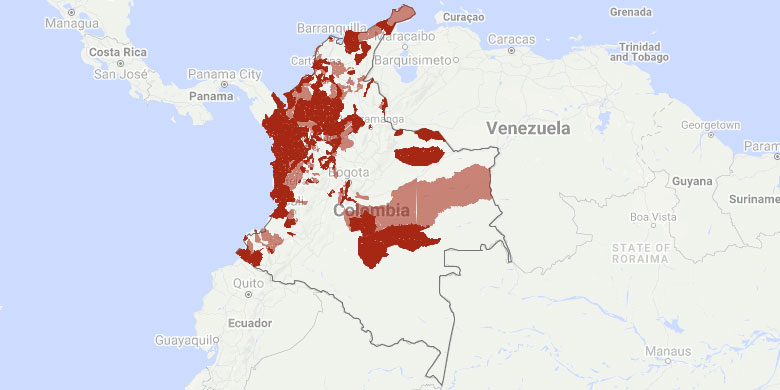
In recent days, the AUC has been hit with some blows following the arrest of their leader, Dairo Antonio Usuga David, also known as “Otoniel,” in October 2023. Following the arrest of Otoniel, Chiquito Malo, a key lieutenant in the organization, would take over the reigns of Clan del Golfo. Colombian authorities have maintained the operation that saw the arrest of Otoniel in order to bring down Clan del Golfo.
FARC-EMC:
The FARC, otherwise known as the Revolutionary Armed Forces of Colombia, were originally leftist guerillas dedicated to bringing class revolution to Colombia during a period in the nation’s history known as “La Violencia,” otherwise known as the Violence. This period followed the assassination of the Liberal Party’s leader and presidential frontrunner, Jorge Eliécer Gaitán, in 1948, an assassination that would throw Colombia into chaos.
After his death, leftists in Bogota began what is known as the Bogotazo, a massive riot that quickly expanded across Colombia, leading to La Violencia. A number of right-wing paramilitary organizations and leftist guerilla groups would be formed during this period of Colombian history.
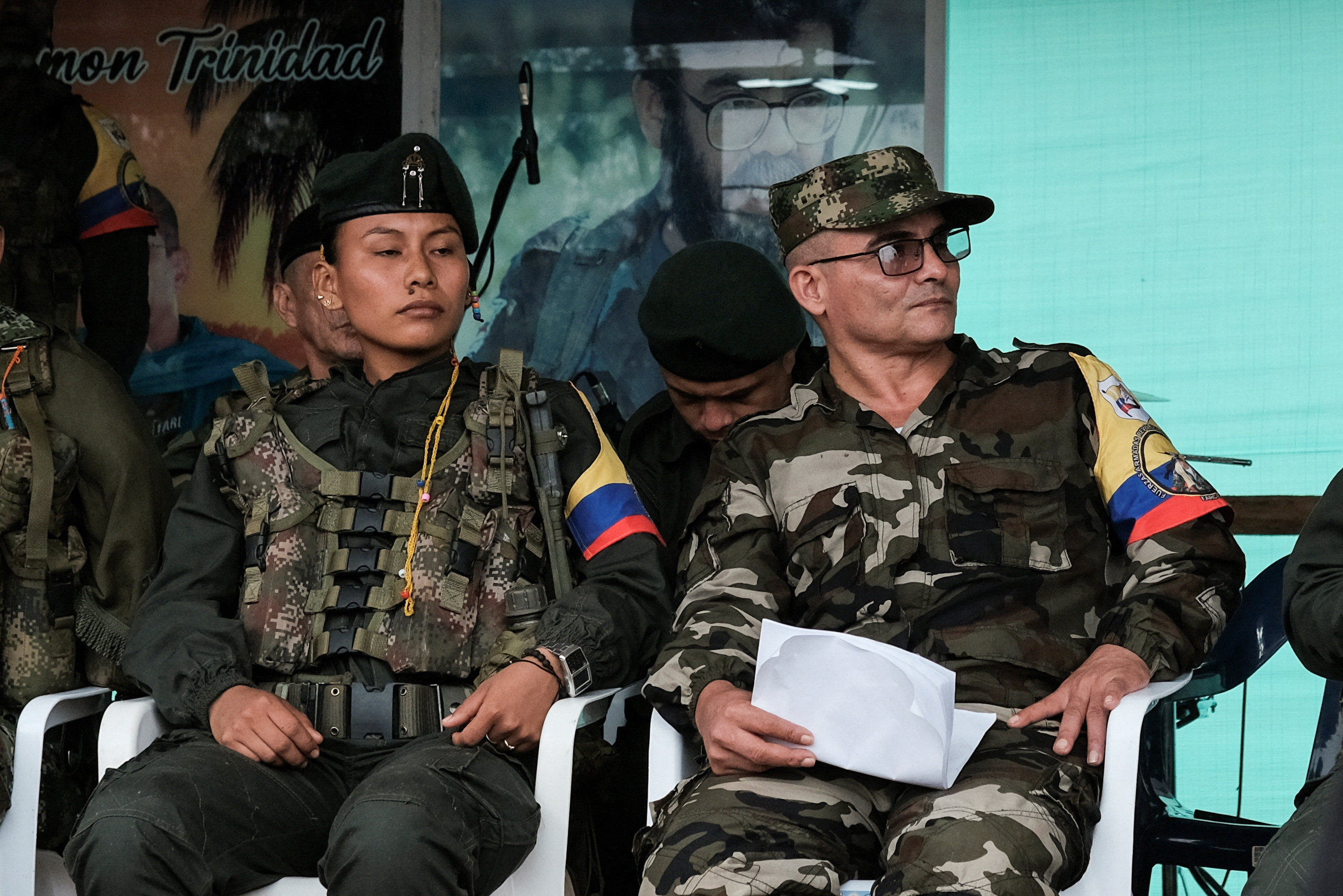
One of the most well-known was the Revolutionary Armed Forces of Colombia, or FARC. The group would find its formation after a failed attack in 1964 by the Colombian military on what was known as a self-defense community, one of a number of communist-held areas in rural Colombia. Despite the communists only having 48 active fighters opposed to the 16,000 Colombian soldiers, the group would survive the attack and escape to the nearby mountains where the FARC would be formed.
Since then, the FARC has operated as rebels, launching guerilla attacks on military convoys and strategic targets. Despite originally being made up of only 48 fighters, the group’s ranks would swell to the hundreds in later years. For much of its early history, the FARC would be limited to small-scale guerrilla encounters with government forces, but after what has been coined the “Coca Boom,” a period in which the production of cocaine skyrocketed, the group found itself with more funds to allocate to their operations.
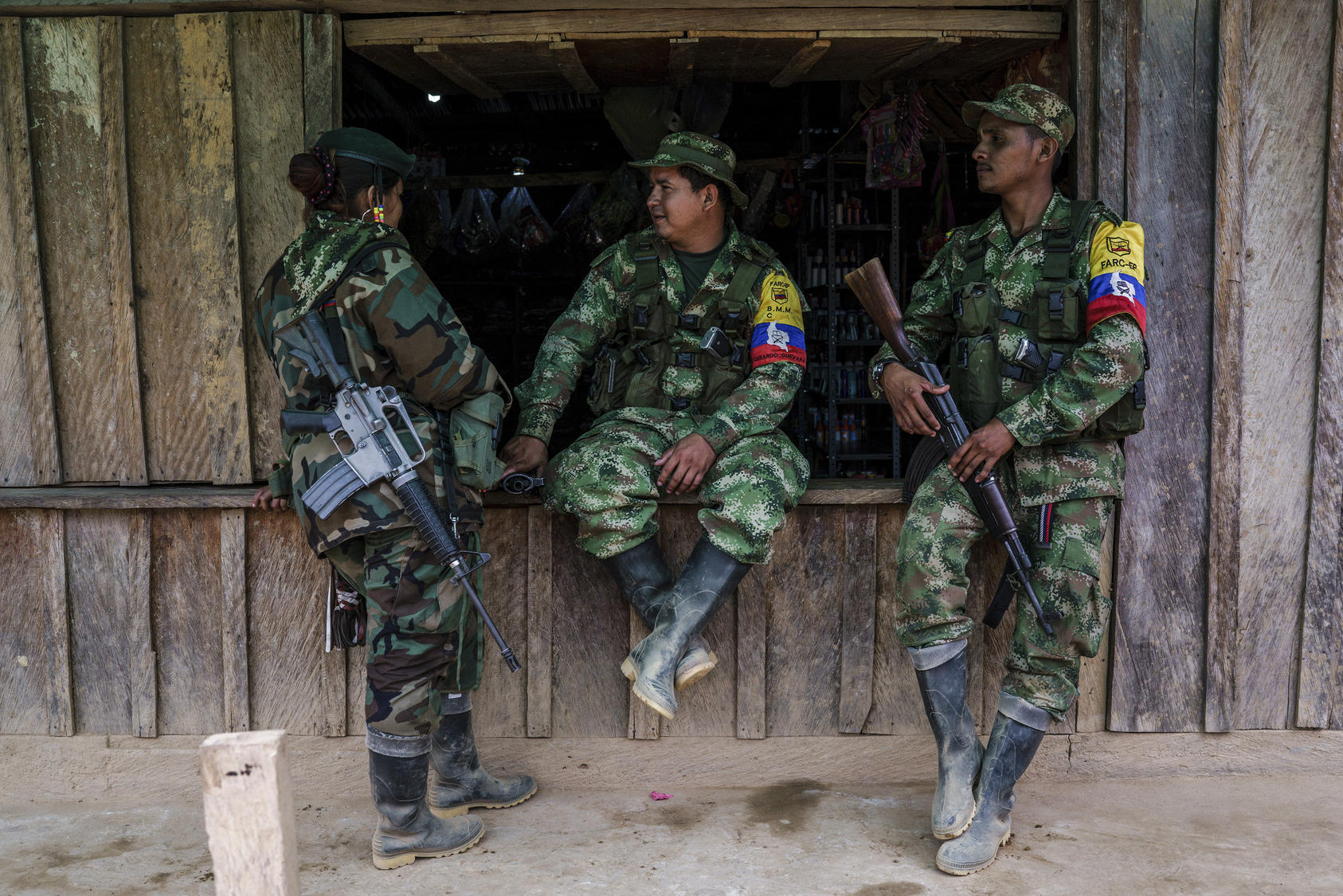
The FARC would expand their operations into urban Colombia following the Seventh Guerilla Conference in 1982, largely due to their increase in funds. The group would also begin to send promising troops to the USSR and Communist Vietnam for advanced training.
The FARC would eventually agree to a momentous ceasefire with the government in 2016, which would see the bulk of the FARC disarmed and disbanded. Despite the ceasefire, however, a number of members of the FARC continued their operations against the government and the people of Colombia. This group would be known as the Estado Mayor Central, or EMC for short.


